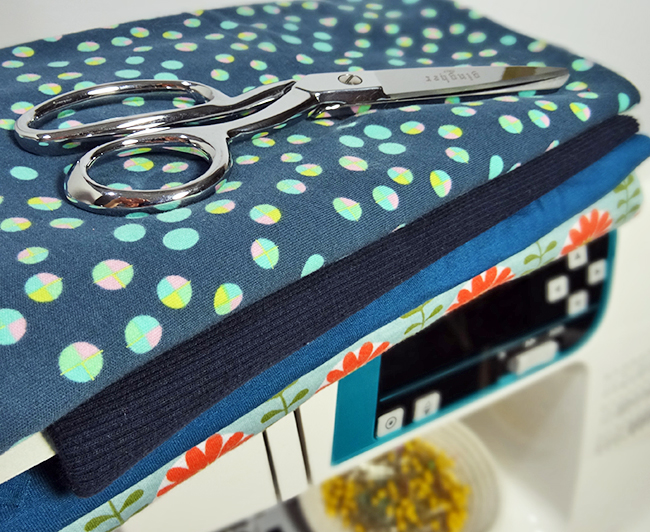How To Sew With Knit Fabrics Using Patterns
Are you tired of struggling to sew knit fabrics? Then you've come to the right place! With these 16 tips, you'll be able to sew knit fabrics like a pro in no time.

How to Sew Knits:
1. Use the right needle: When sewing with knit fabrics, it's important to use a ballpoint or stretch needle. This will prevent the needle from damaging the knit fibers and keep your seams looking neat and tidy.
2. Choose the right fabric: Not all knit fabrics are created equal. It's important to choose a knit fabric with the right amount of stretch for your project. A fabric with too much or too little stretch can lead to a disastrous finished product.
3. Pre-wash your fabric: Knit fabrics are notorious for shrinking, so be sure to pre-wash your fabric before beginning your project. This will prevent any unexpected shrinkage after your project is complete.
4. Use a walking foot: If you're having trouble with your knit fabric slipping or stretching out of shape while you sew, try using a walking foot. This foot evenly feeds the fabric through the machine and prevents any stretching or pulling.
5. Use a stretch stitch: When sewing with knit fabrics, it's important to use a stretch stitch. This stitch allows the fabric to stretch without the seam popping or breaking.
6. Use a serger: If you have access to a serger, it's a great tool for sewing knit fabrics. A serger creates a finished edge that prevents the fabric from unraveling, and it's also great for sewing stretchy seams without the risk of popping or breaking.
7. Pin generously: Pinning your fabric is crucial when working with knit fabrics. Be sure to use plenty of pins to keep your fabric in place and prevent any slipping or stretching.
8. Start with a smaller seam allowance: When sewing with knit fabrics, it's best to start with a smaller seam allowance. This will allow for any stretching or shifting that may happen during the sewing process.
9. Use a stabilizer: If you're having trouble with your fabric stretching out while you sew, try using a stabilizer. A stabilizer is a temporary addition to your fabric that helps to keep it stable while you sew.
10. Experiment with different threads: Knit fabrics can be sewn with a variety of different threads. Experiment with different types of thread to find the one that works best for your fabric and project.
11. Finish your seams: Finishing your seams is important when sewing with knit fabrics. A finished seam prevents the fabric from unraveling and gives your project a more professional look.
12. Use a hem tape: Hemming knit fabrics can be tricky, but using a hem tape can make it much easier. A hem tape adds stability to the hem and prevents it from stretching out of shape.
13. Press carefully: It's important to be careful when pressing knit fabrics. Use a low heat setting and press gently to avoid stretching or damaging the fabric.
14. Sew with a lighter touch: When sewing with knit fabrics, it's important to sew with a lighter touch. This will prevent the fabric from stretching or puckering.
15. Practice, practice, practice: Sewing with knit fabrics takes practice. Don't get discouraged if your first few projects don't turn out perfectly. Keep practicing and experimenting until you find the techniques that work best for you.
16. Have fun: Sewing should be fun! Don't stress too much about the small details. Remember to enjoy the process and have fun creating something beautiful.
With these 16 tips, you'll be a knit fabric sewing pro in no time. Happy sewing!





Post a Comment for "How To Sew With Knit Fabrics Using Patterns"